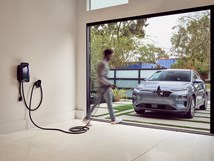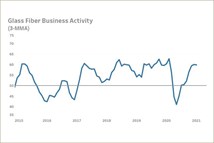Study: Drivers Likely to Miss Multiple Hazards
Motorists who spot a traffic hazard are less likely to see a second simultaneous threat, says researchers at North Carolina State University.
Motorists who spot a traffic hazard are less likely to see a second simultaneous threat, says researchers at North Carolina State University.
The study presented participants with 100 traffic images containing between zero and two hazards that would affect a driver’s ability to perform a maneuver, such as a left turn. Test subjects were given as little as one second to identify such hazards.

Results showed that participants successfully spotted 70% of subtle hazards—a drably dressed jogger, for example—when there was no other danger. But when a more obvious hazard was added, such as a man on a bicycle directly ahead (pictured above), participants noticed the less obvious threat only 30% of the time.
In a related study, the researchers gave participants five seconds to examine a scene and were told ahead of time whether there was a high or low chance that the image would contain multiple hazards. Even then, the chance of missing a second and more subtle danger was greater.
The researchers say the phenomenon, called “subsequent search miss,” was first described in terms of doctors evaluating medical images. In that study, doctors who saw one problem in an image were less likely to spot another one.
RELATED CONTENT
-
TRW Multi-Axis Acceleration Sensors Developed
Admittedly, this appears to be nothing more than a plastic molded part with an inserted bolt-shaped metal component.
-
On Electric Pickups, Flying Taxis, and Auto Industry Transformation
Ford goes for vertical integration, DENSO and Honeywell take to the skies, how suppliers feel about their customers, how vehicle customers feel about shopping, and insights from a software exec
-
Increasing Use of Structural Adhesives in Automotive
Can you glue a car together? Frank Billotto of DuPont Transportation & Industrial discusses the major role structural adhesives can play in vehicle assembly.








